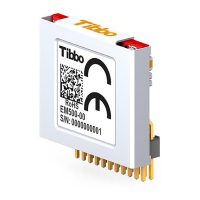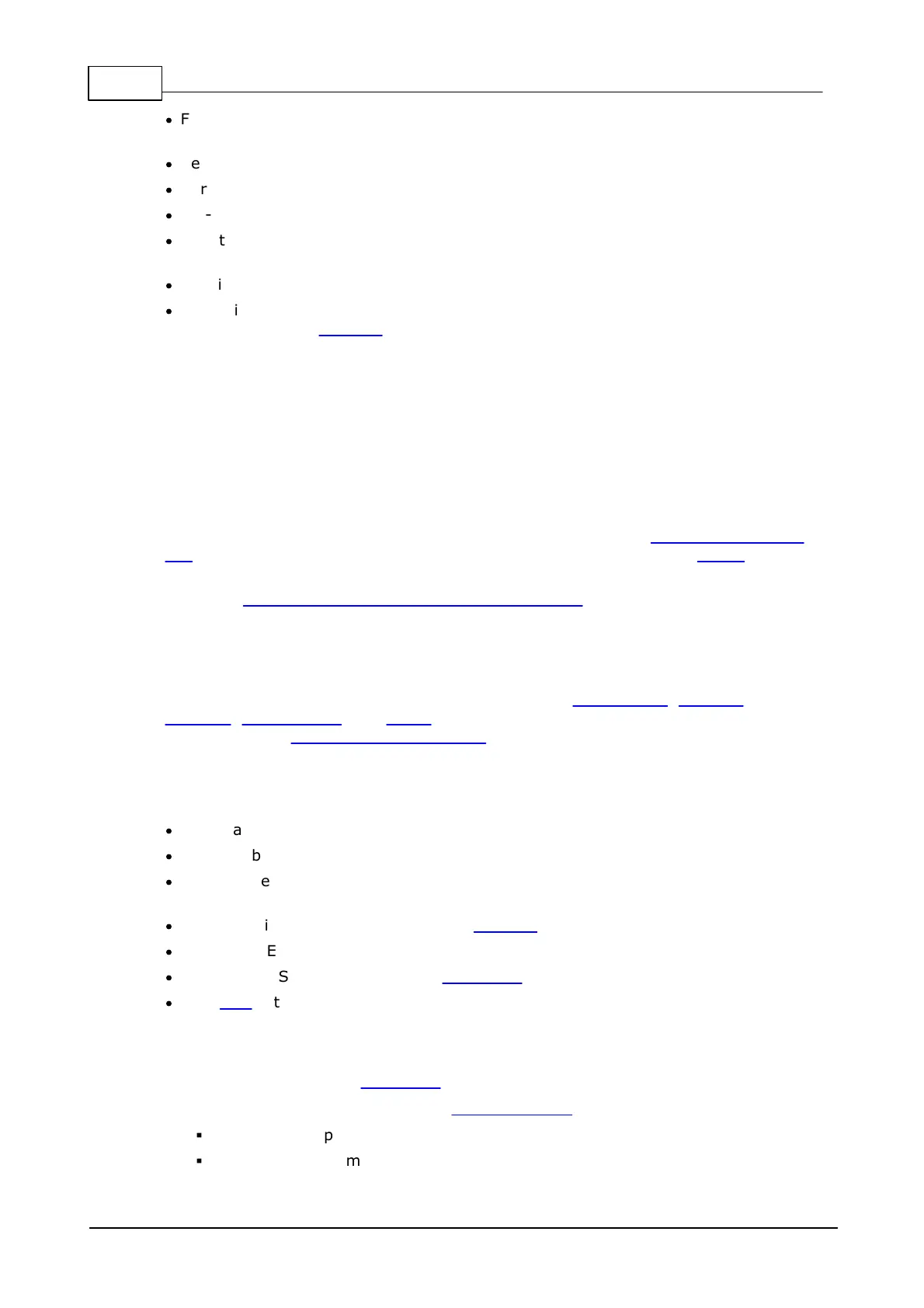383 Programmable Hardware Manual (PHM)
© Tibbo Technology Inc.
·
Five to 80 times better performance, depending on the calculations and variable
types
·
Seven times faster GPIO manipulation
·
Three times larger available user SRAM (66KB vs. 22KB)
·
1.5-3.0 times faster graphics
·
Two times larger flash memory (1MB for TiOS/code + 1MB for the file system vs.
1MB total for TiOS, code, and file system)
·
2.2 times lower power consumption (100mA vs. 220mA)
·
The ability to update TiOS firmware and compiled Tibbo BASIC/C app over-the-air
(this requires the WA2000 and an iOS or Android device)
Introduction
Size 2 Tibbo Project PCB (TPP2), Gen. 2 runs Tibbo OS and is programmable in Tibbo
BASIC and Tibbo C.
TPP2(G2) is perfect for systems with a medium number of I/O lines. The board can
optionally control a TFT display and a keypad, so it is suitable for applications
requiring a human-machine interface (HMI).
This product can be used as a bare board or assembled into a size 2 Tibbo Project
Box. For HMI applications, the board can also be assembled into the TPB2L box,
which features a 320x240 TFT LCD and a 4-button sensor keypad.
Featuring 3 tiles for a total of 6 "M" and 6 "C" sockets, the TPP2(G2) can implement
configurations with up to four simple serial ports, up to 12 relays, or up to 24 opto-
inputs, PWM, or open-collector outputs.
The TPP2(G2) is perfect for data collection and AutoID projects, as well as factory,
shop, data center, hotel, and home automation applications. The board contains
enough "C" sockets to simultaneously accommodate temperature, humidity,
pressure, ambient light, and shock sensors. With the use of appropriate Tibbits the
board can even control legacy IR devices by emulating traditional IR remote
controls.
Hardware features
·
32-bit architecture
·
Powered by Tibbo OS (TiOS)
·
10/100BaseT auto-MDIX Ethernet port (automatic detection of "straight" and
"cross" cables)
·
Optional Wi-Fi interface (requires the WA2000 add-on module)
·
Optional BLE interface (requires the WA2000 add-on module)
·
Optional GPRS interface (requires Tibbit #47)
·
Four tiles with 24 general-purpose I/O lines
o Six sockets for Tibbit modules
o Six sockets for Tibbit connectors
o One extra socket for Tibbit #37
o Four Tibbit module sockets have UART capability
§
Baudrates of up to 460,800bps
§
None*/even/odd/mark/space parity modes

